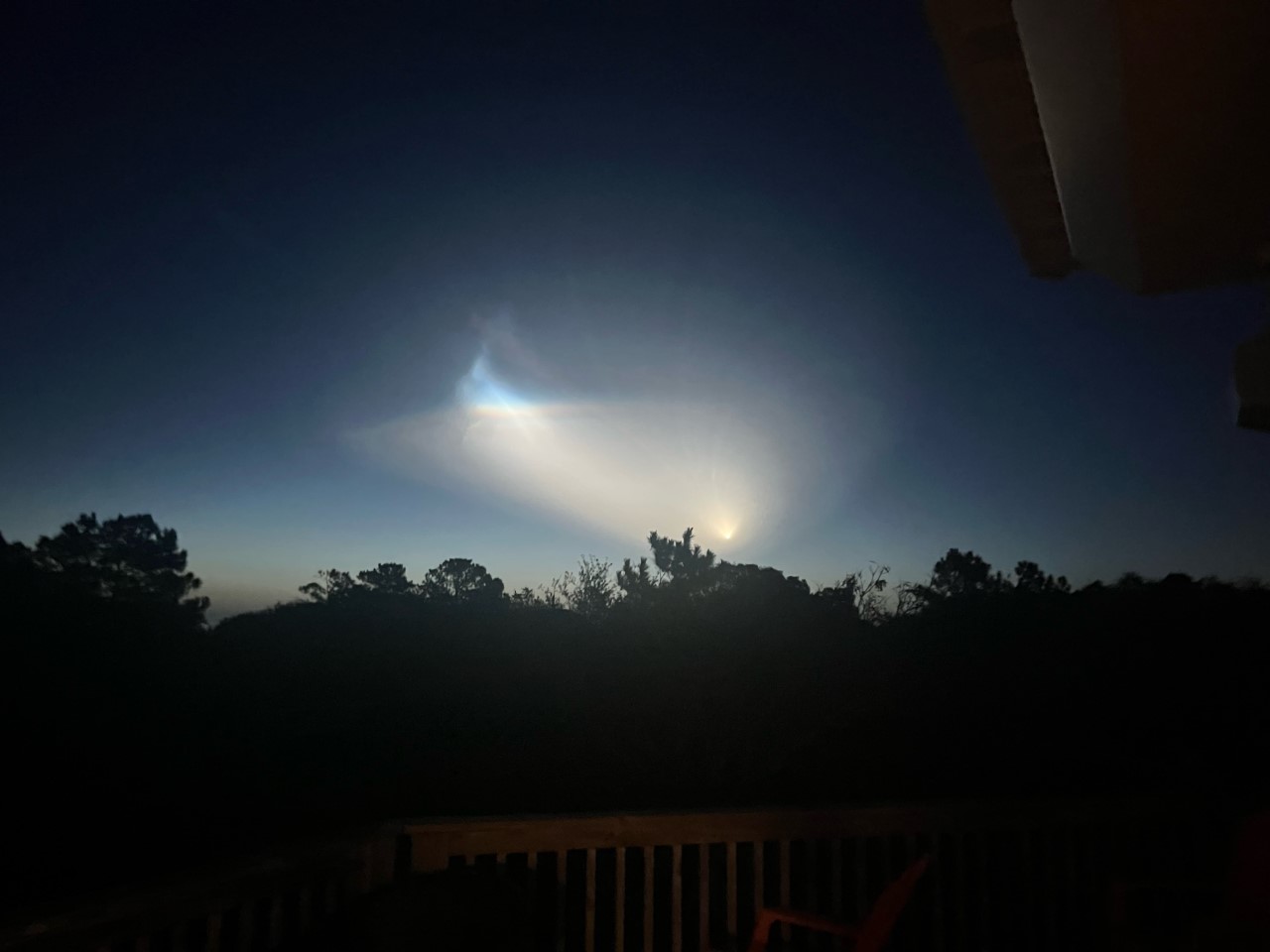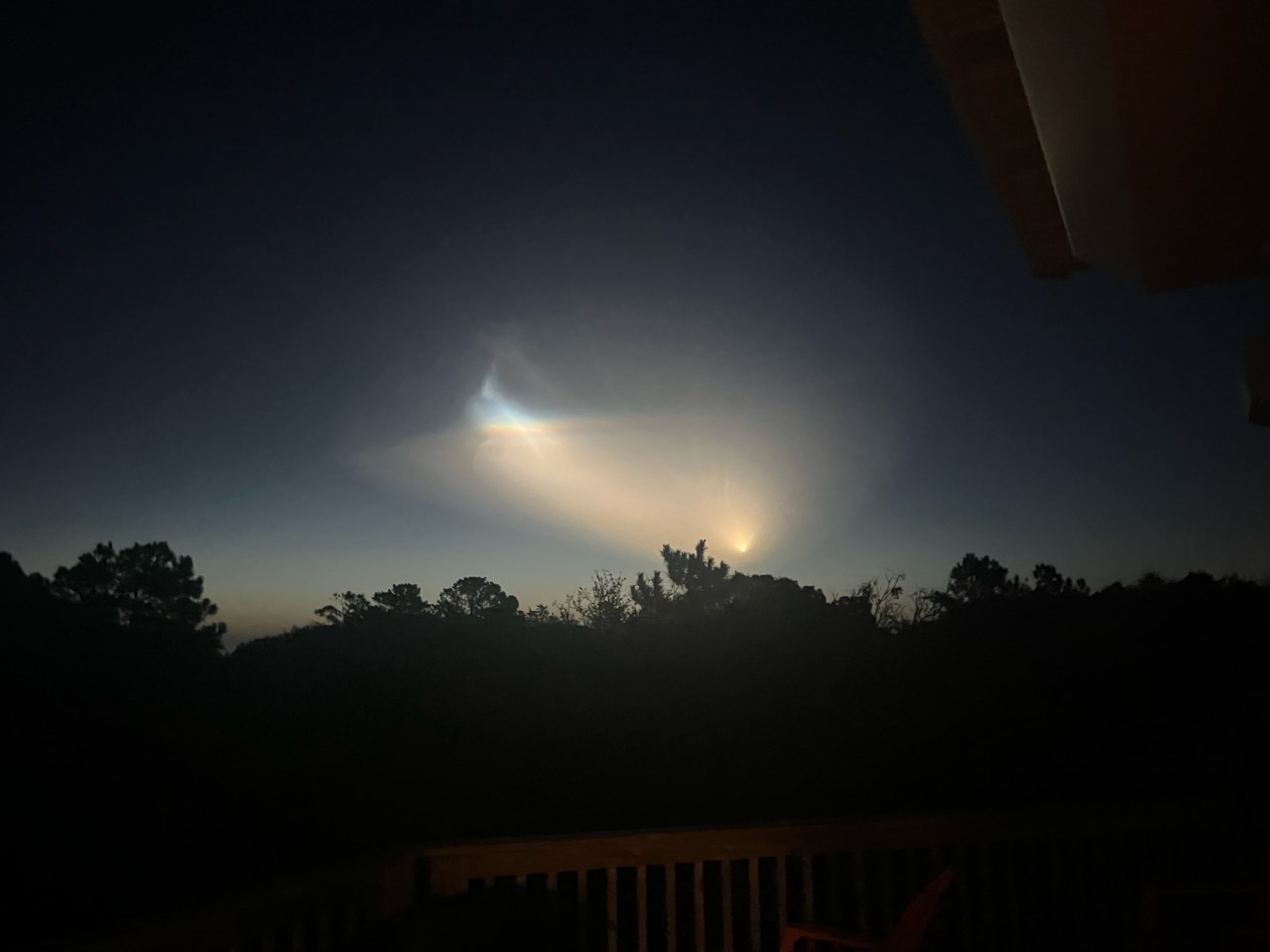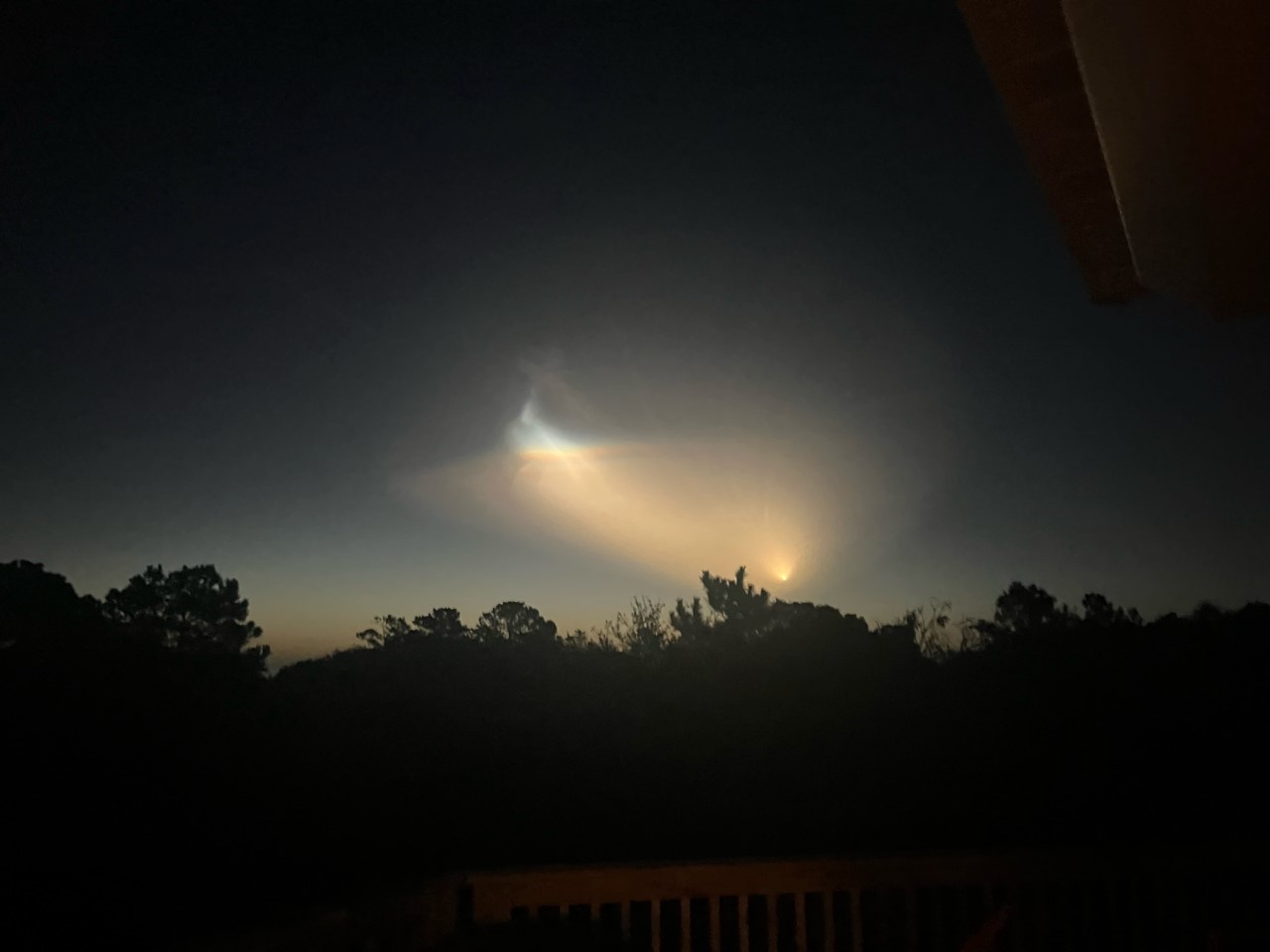ACCOMACK COUNTY, Va. (WAVY) — It was an early start, but a successful one here at the NASA Wallops as they launched another Antares Rocket packed with supplies and science experiments to the International Space Station Monday morning.
The latest launch was to the delight of some early morning commuters, and some WAVY viewers captured the early morning glow in the sky from the launch, which was initially supposed to happen Sunday morning.



Officials at NASA Wallops confirmed the official liftoff at 5:32 a.m. Monday.
This was Northrop Grumman’s 18th commercial resupply services mission for NASA, delivering science investigations, supplies and equipment to the International Space Station.
One of the science goals on this mission is to try and 3D print human organs in space. They are going to try this by using the Bio Fabrication Facility, otherwise known as BFF, and understand the plant growth as well as help understand mud flows that happen after wildfires.
“On Earth when you want to bio print something soft like human tissue it collapses under its own weight,” said Rich Bowling, vice president of in-space manufacturing and operations for Redwire. “What you are left with is nothing more than a puddle. However, in micro gravity things stay where you print them.”
They are focused on creating something simple, but important – the cartilage that’s in your knee.
“On this mission we are going to be bio printing a human knee meniscus,” Bowling said. “That’s the cartilage tissue in your knee. It’s the number one injury for our military service personnel.”
Bowling said if its tests are successful, 3D printing organs and human tissue will use your own cells. This could eliminate the need for anti-rejection medication for the patient in need.
Another focus on this mission is the study of plants and how they grow in space.
“Changes that we see on one generation of plants in space will transfer to subsequent generations.” said Heidi Parris, Associate Program Scientist for the International Space Station.
Astronauts will bring back the seeds of the space plants and see how we can better understand how they adapt and become tolerate in micro gravity environment.
While the rocket was on the launch pad, other engineers in the Horizontal Integration Facility, were working on the next Antares vehicle to go to the International Space Station.
Inside, the engineers from Northrup Grumman test and assemble all the parts of the rocket for its continued support to the International Space Station.
After this rocket launches, a new type of Antares will be used to continue support of the orbiting laboratory for years to come.
Check WAVY.com for the latest updates.
















